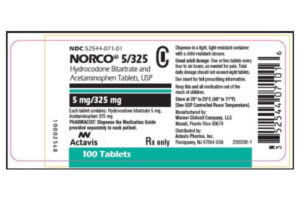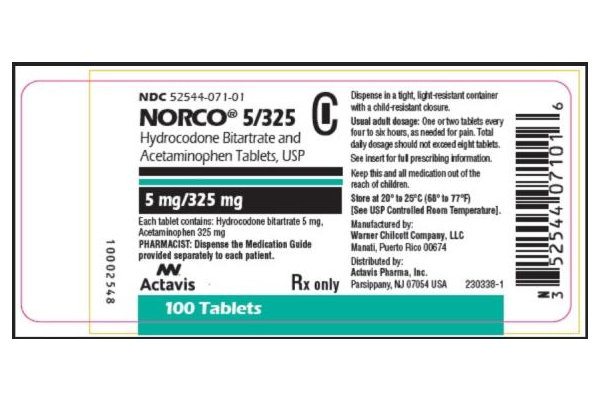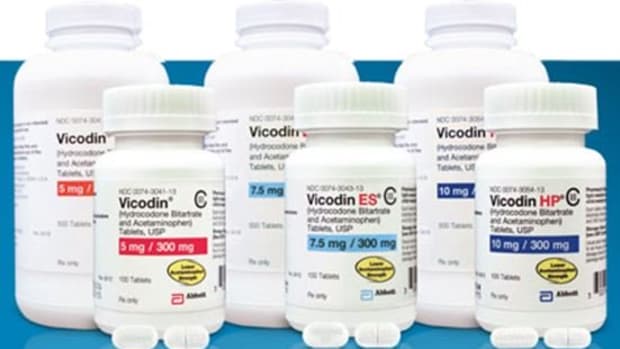
But acetaminophen may cause other unwanted effects when taken in large doses, including liver damage. It does not become habit-forming when taken for a long time. The new rules may bring additional suffering for those with legitimate need for narcotic pain medicine.Acetaminophen is used to relieve pain and reduce fever in patients.
#Norco pain med how to#
Just because the DEA cannot figure out how to control the illegal use of these drugs should not be a reason to penalize millions of responsible individuals in serious pain.”īalancing the needs of patients in pain against the abuse of such drugs is a difficult dilemma. “This added cost and inconvenience is unconscionable. What about those who cannot and need assistance because of severe, chronic pain? I am still independent and able to make all these trips.
#Norco pain med plus#
“What about the inconvenience? I will have to make 12 visits to the doctor, plus extra visits to the pharmacy if the prescription cannot be filled immediately. “Under this new rule, 12 visits will cost $1,355.28, or for me in particular, $420.00. Each visit cost me $35 and my insurance company $78, for a total of $113 per visit or $452 per year. Up till now I would see my doctor four times a year for follow up and receive a three-month prescription. “Yesterday I picked up my prescription which has one refill left and was advised that I will not only NOT be able to receive the final refill, but I will now be required to provide an original written prescription on a monthly basis because of the new DEA ruling. I elected this form of treatment rather than chase after various forms of surgeries for both neck and back problems when four doctors gave me conflicting recommendations. Often I do not need the four daily doses. “I deal with pain on a daily basis and I am prescribed hydrocodone (10 mg four times daily). “What is going on with the new, and in my opinion, asinine DEA ruling regarding Schedule II pain relievers? I have been treated for some time now for chronic pain relating to neck and back issues. The problem with the new rules, however, is that patients in severe pain will have much more difficulty accessing needed medicine.

The hope is that tougher restrictions will make it harder for doctors to prescribe such medications and harder for patients to become addicted to them. No doubt many hydrocodone-containing drugs are diverted to the black market and abused. At last count the total was over 130 million HCP prescriptions annually. More prescriptions are written for such pain relievers each year than any other medications.

The reason for this sea change in the prescribing rules for HCPs is to reduce abuse.


Schedule III drugs include anabolic steroids (male hormones or testosterone), barbiturates and the anesthetic ketamine. A physician can call in a prescription and allow five refills over six months. Each prescription lasts for only one month and no refills are permitted.Ī Schedule III drug has less potential for abuse or addiction. Doctors can’t call in, fax or send electronic prescriptions to a pharmacy. Such drugs require a written prescription. A Schedule II drug is considered to have a strong potential for abuse. This may sound like a technicality, but the difference between these two categories is huge. Medications like Lortab, Norco, Vicodin and generic formulations have been moved from Schedule III to Schedule II. On October 6, 2014, a Drug Enforcement Administration (DEA) decision to restrict access to hydrocodone combination pain relievers (HCPs) went into effect.


 0 kommentar(er)
0 kommentar(er)
